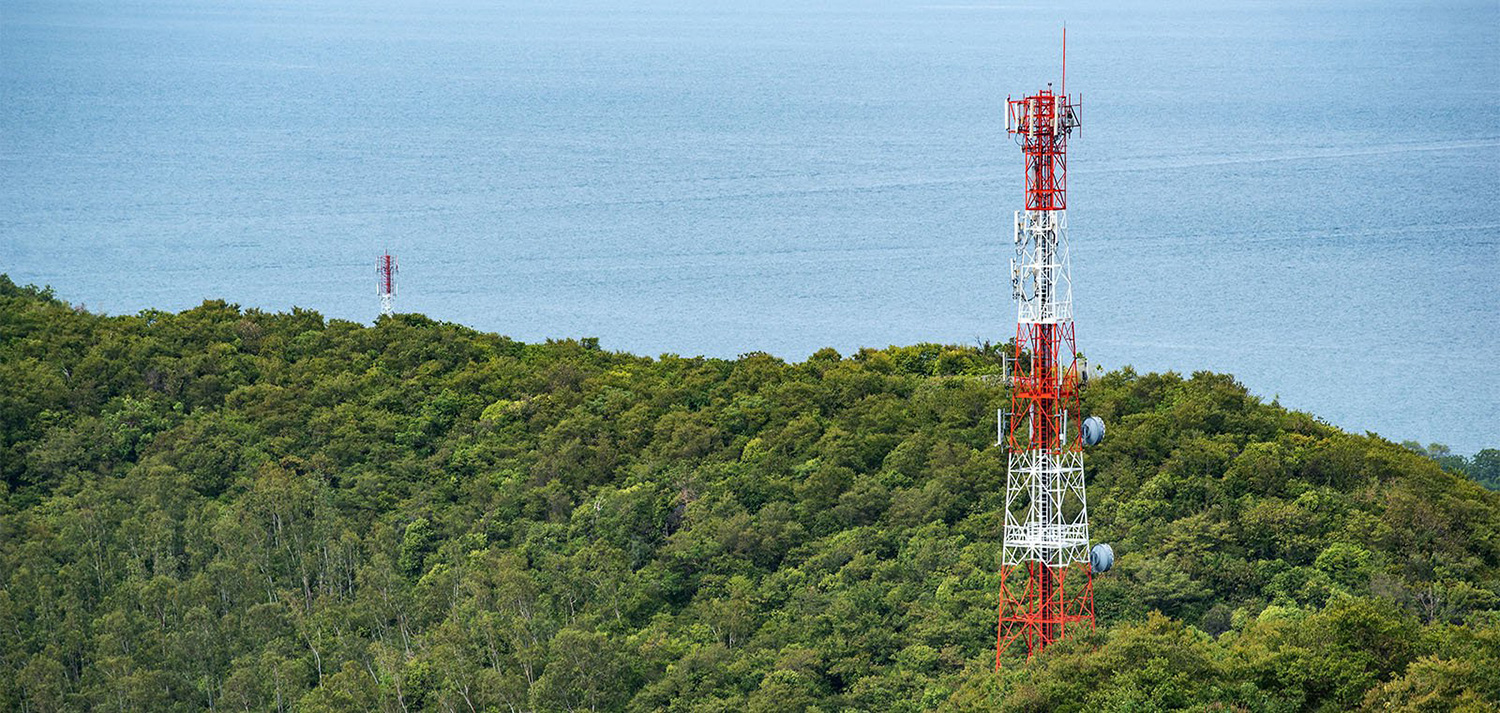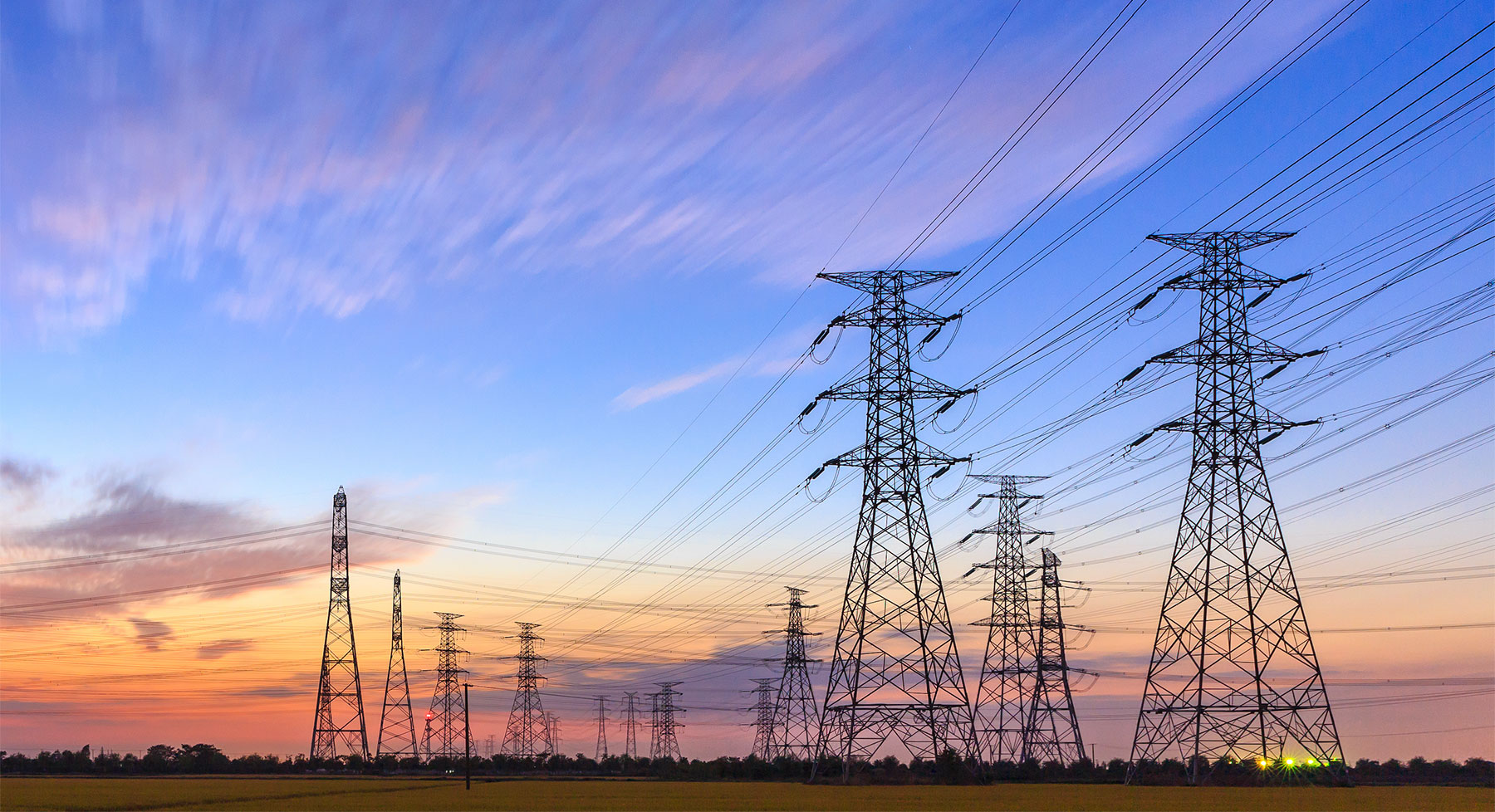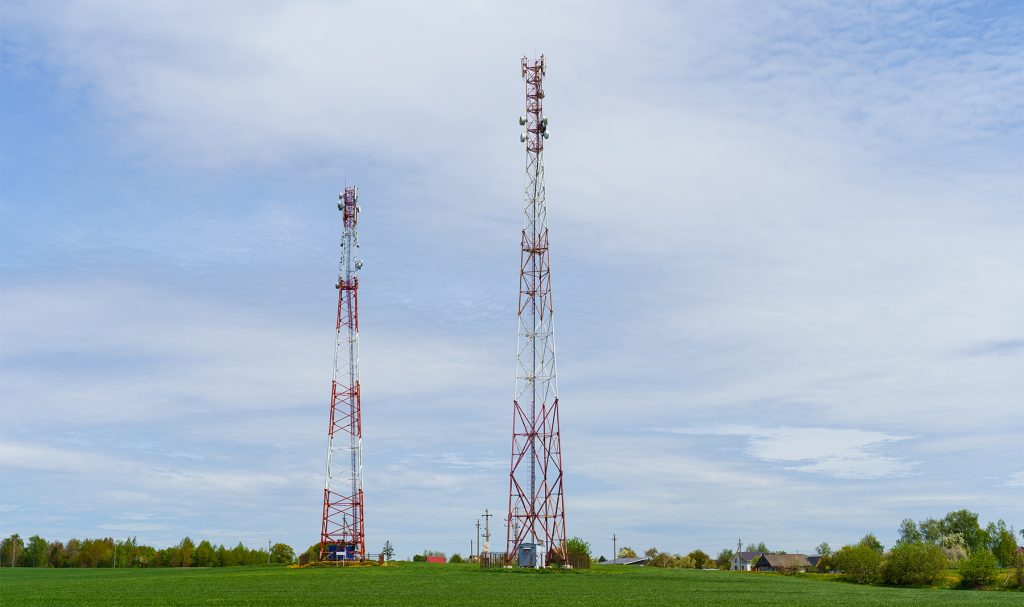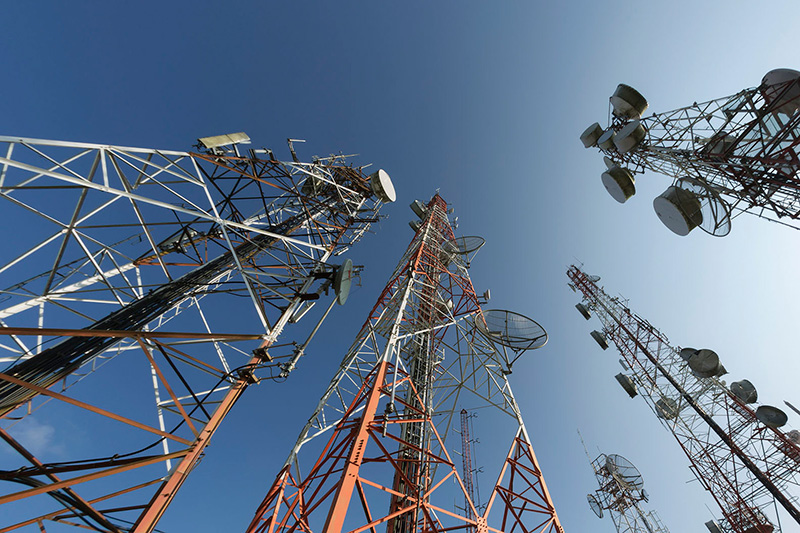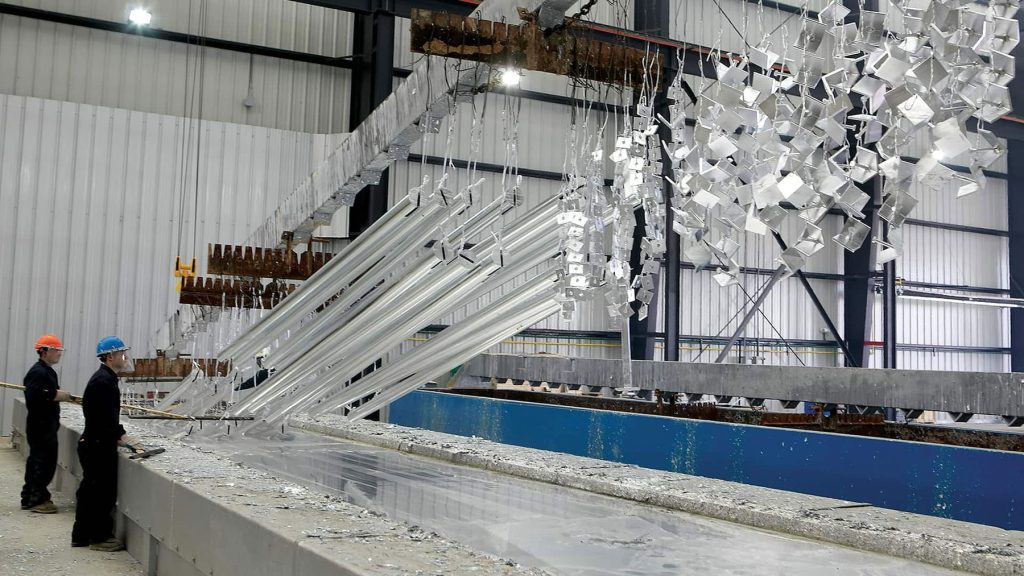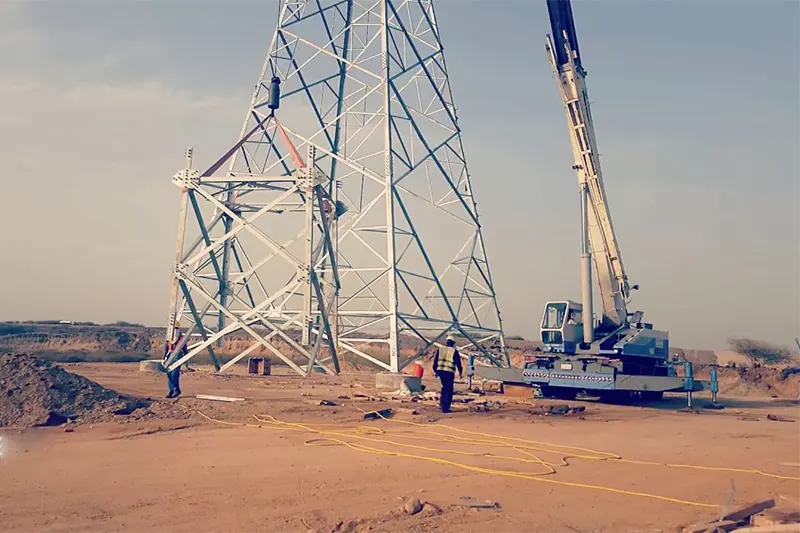Electrical Power Tower Installation: Key Steps and Considerations
Electrical power towers are critical elements of the energy infrastructure, supporting the high-voltage power lines that transport electricity from power plants to substations and consumers. As the demand for energy grows and the infrastructure becomes more complex, the role of these towers in ensuring a reliable and sustainable power grid becomes even more essential. Towerist, a leading manufacturer of power transmission and telecommunications towers, is committed to providing high-quality, durable towersi that support the seamless transfer of electricity and telecommunications signals.
The installation of these towers requires careful planning and precision to ensure safety, efficiency, and durability. In this article, we will explore the key steps involved in the installation of electrical power towers, the factors that need to be considered, and best practices to ensure a successful and safe installation process, with insights from Towerist industry expertise.
Steps in Electrical Power Tower Installation
1. Planning and Surveying
Before any construction begins, a detailed survey of the site is conducted. Engineers and surveyors assess the terrain, soil conditions, and environmental factors such as wind speeds, ice accumulation, and potential seismic activity. This data is crucial in determining the best locations for the towers and designing the installation process. Towerist’s engineers utilize this information to ensure that their towers are designed to withstand local conditions and provide optimal support for power transmission. Factors like tower height, distance, and design specifications are carefully planned at this stage.
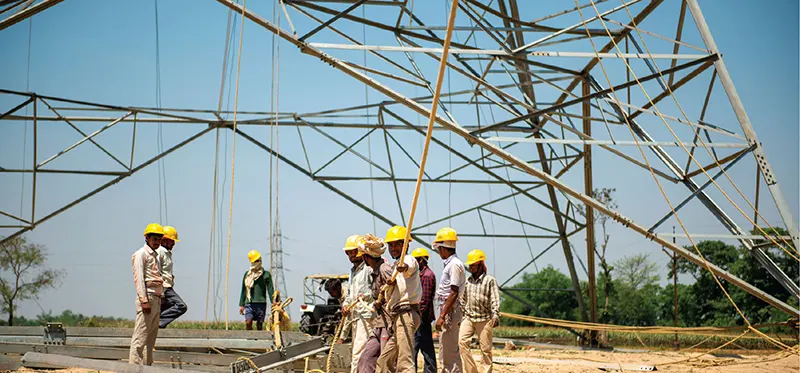
2. Foundation Construction
The foundation is the cornerstone of any transmission tower installation, as it supports the entire structure. The foundation type depends on soil conditions and the tower size. Towerist ensures that their foundations are designed to meet the specific needs of each project, whether it’s a concrete pier, slab foundation, or drilled shaft. For towers in areas with unstable soil, deeper foundations are necessary to ensure stability. Anchor bolts are installed to hold the tower in place once erected.
3. Tower Assembly
Once the foundation is prepared, the tower sections are assembled. These sections, typically pre-fabricated in Taurist’s factories, are transported to the installation site. Toerist’s towers are built with precision to ensure easy and efficient assembly. The assembly process varies depending on the tower type. For lattice towers, steel beams are connected to form the structure, while monopole towers require the assembly of a single pole.
Learn more about power tower installation from Power Engineering
4. Tower Erection
Erecting the tower is one of the most complex and dangerous stages. Towerist employs skilled professionals and uses advanced lifting equipment, such as cranes and helicopters, to raise the tower sections into position. The tower is carefully aligned and secured to the foundation, ensuring it remains vertical and stable.
5. Power Line Installation
Once the tower is fully erected, power lines are installed. Insulators are attached to the tower to hold the cables in place. The power lines are strung from one tower to the next, either manually or with the help of helicopters or line trucks. The lines are carefully tensioned to avoid sagging or damage from environmental factors like wind or ice. The lines are then tested to ensure they are functioning properly.
6. Inspection and Testing
A thorough inspection is conducted after installation to ensure that all components of the power tower are secure and functioning as expected. Engineers check the structural integrity of the tower, the alignment of power lines, and the proper installation of electrical equipment such as transformers and switches. Towerist’s commitment to quality ensures that each tower and power line installation is thoroughly tested to meet industry standards.
Explore environmental considerations on Environmental Protection Agency
7. Commissioning
After the installation and inspection, the system is ready for commissioning. This involves energizing the power lines and transferring electricity from the power plant to the substation. Technicians monitor the system closely during the initial phase to ensure smooth operation, addressing any issues promptly to guarantee that the system is fully operational.
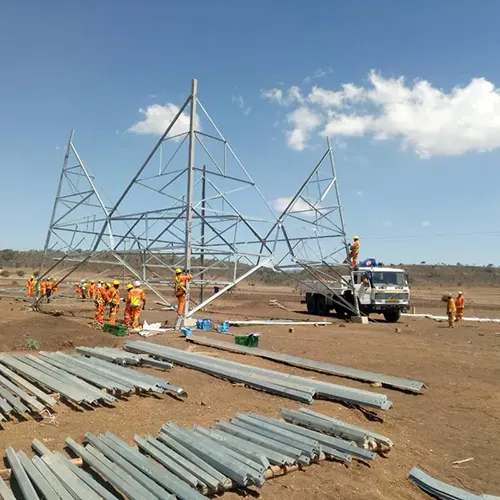
Key Considerations for Power Tower Installation
1. Safety Protocols
Safety is the number one priority during the installation of power towers. Workers are exposed to high-voltage lines and the risks associated with heavy machinery. Towerist ensures that all workers are equipped with the necessary personal protective equipment (PPE) and are trained in safety procedures. Fall protection and electrical safety gear are mandatory during every stage of the installation process.
2. Environmental Factors
Environmental conditions such as wind, snow, rain, and extreme temperatures can impact the installation process. Weather conditions may require adjustments to the schedule to ensure the safety of workers and prevent interference with construction. Towerist takes these factors into account to minimize any delays, ensuring that the tower installations are completed on time, regardless of environmental challenges.
3. Regulatory Compliance
Installation projects must adhere to local regulations and industry standards, which may vary by region. Compliance with these regulations is essential to ensure that the installation is completed legally and safely. Towerist works closely with local authorities to ensure that all necessary permits and approvals are obtained before starting the installation process.
4. Coordination with Other Infrastructure
Power tower installations may need to be coordinated with other infrastructure projects, such as roads, railways, or pipelines. Towerist’s experience in large-scale infrastructure projects ensures that their towers are strategically placed without interfering with existing structures or future developments. Effective coordination with local authorities and stakeholders is key to the successful execution of the project.

Conclusion
The installation of electrical power towers is a complex and vital process that requires careful planning, skilled labor, and strict adherence to safety protocols. Towerist, a trusted manufacturer of power transmission and telecommunications towers, ensures that every installation meets the highest standards of quality and safety. By following each step meticulously and considering safety, environmental, and regulatory factors, transmission towers can be successfully installed, contributing to the safe and efficient delivery of electricity.
With demand for electricity continuously rising and infrastructure growing more complex, the importance of well-designed and properly installed power towers cannot be overstated. Towerist remains at the forefront of providing reliable and durable towers for the energy and telecommunications industries.
For more information about Towerist’s products and services, or to discuss your next power transmission project, contact us today.

